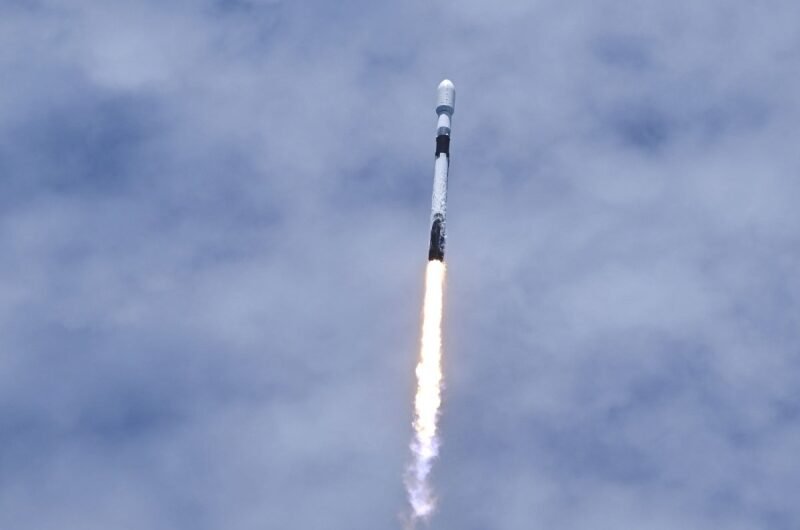NASA’s only space telescope dedicated to planetary defense, NEOWISE, has officially concluded its 15-year mission after turning off its transmitter for the last time. Originally launched as WISE (Wide-field Infrared Survey Explorer) in 2009, the spacecraft was designed for a seven-month mission to map the sky in infrared light, but it far exceeded expectations, continuing to operate well beyond its intended lifespan. Throughout its extended mission, NEOWISE identified more than 200 previously unknown near-Earth objects, including 25 new comets, and collected valuable data on approximately 44,000 other celestial bodies.
The NEOWISE mission, which officially ended on July 31, 2024, is now drawing to a close as the spacecraft is expected to re-enter Earth’s atmosphere by late 2024 due to the Sun’s increased activity during its solar maximum. The satellite, which has been gradually descending towards Earth, lacks the necessary propellant to adjust its orbit and avoid this inevitable fate.
Amy Mainzer, a professor at the University of California, Los Angeles, and the principal investigator for both NEOWISE and its upcoming successor, NEO Surveyor, expressed amazement at how much the telescope achieved beyond its initial goals. Originally, WISE was tasked with scanning the sky to detect faint infrared emissions from distant cosmic phenomena. However, its sensitivity proved greater than anticipated, leading NASA to extend the mission under the name NEOWISE in 2011, focusing on surveying the asteroid belt between Mars and Jupiter. Even after the telescope’s coolant ran out, limiting its ability to detect infrared signals, NEOWISE continued to detect solar system objects, prompting its reactivation in 2013.
One of NEOWISE’s most notable discoveries was comet C/2020 F3 NEOWISE, which became a striking sight in the night sky in July 2020.
With the retirement of NEOWISE, a temporary gap has emerged in Earth’s planetary defense efforts, as no other NASA space telescope is currently dedicated entirely to the detection of near-Earth objects. However, this gap is expected to be filled by the upcoming NEO Surveyor mission, set for launch no earlier than 2027. NEO Surveyor will offer more advanced capabilities, including the ability to scan the entire sky every two weeks and detect asteroids near the Sun’s glare, a region that has been difficult to monitor effectively.
In the interim, ground-based observatories like the Catalina Sky Survey in Arizona and Pan-STARRS in Hawaii will continue to play a crucial role in tracking near-Earth asteroids. Thanks to these observatories, astronomers have mapped the orbits of over 34,000 near-Earth asteroids, and according to NASA, none of these currently pose a threat to Earth for at least the next century.
Topics #Asteroid #Earth #galaxy #Isro #NASA #NEOWISE #news #solar system #Sun #telescope #Universe











